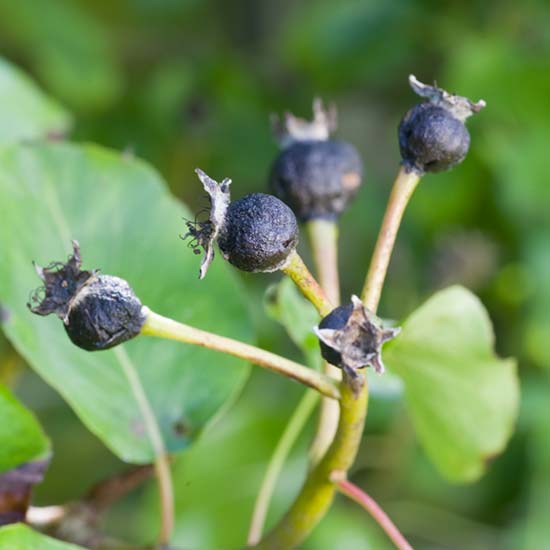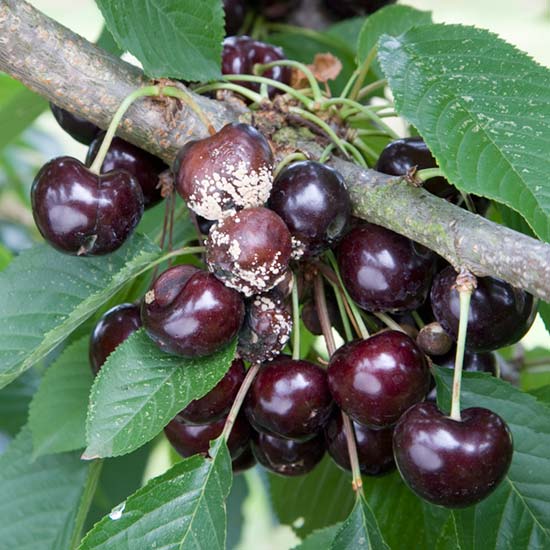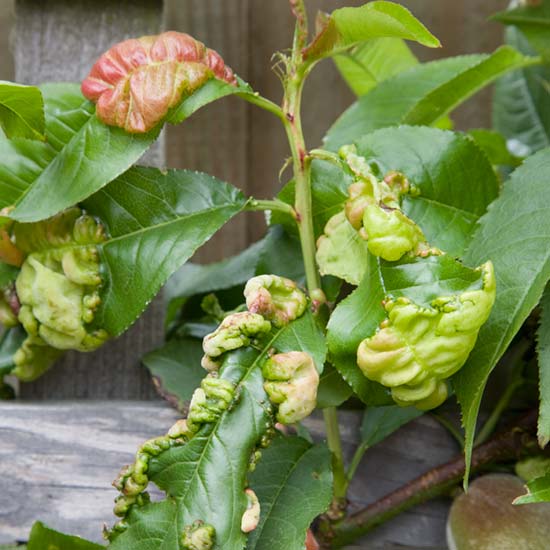To ensure success in the fruit garden hygiene is absolutely critical and it can really make the difference in helping to win the battle for achieving good crops. Good garden hygiene includes ensuring that fallen and decaying leaves and fallen or damaged fruit are removed, weeds are not allowed to grow and that broken and dead wood is removed from trees. Who knows what can be hiding under a pile of leaves and weeds or what fungus spores decaying leaves and damaged fruit are carrying? For example, apple scab overwinters on fallen leaves, codling moth caterpillars live in fallen apples and pear midge grubs live in fallen fruitlets. When it comes to the successful management of health and hygiene vigilance is vital as early removal of disease spreading material will have tremendous benefits during the growing season.
As noted in a previous blog it is essential that all weeds are removed before planting commences. If these can be eradicated at an early stage you will find subsequent weed management easy as you continually look to remove any weeds growing near your fruit. Weeds will not only harbour pests and diseases but they can compete for valuable nutrients and water in times of water shortages.
As soon as you see any damaged or diseased fruit lying on the ground remove it immediately and bag it up preferably to be carried away to the tip. The same applies to any damaged fruit that you see on the trees or plants themselves. Brown rots and mildews quickly spread – particularly in strawberries and plums – and left unattended whole crops can be quickly lost. Again vigilance is critical. At the end of the growing season when fruit trees and bushes have dropped their leaves collect them up and bag them for offsite removal. I prefer not to compost fruit tree leaves as it is often hard to achieve the hot enough temperatures to destroy the various bacteria. When all leaves have been gathered up give the slightest of rakes on the ground below the trees and plants which will be sufficient enough motive and help for birds to peck around and unearth any grubs which are looking to overwinter. In the case of strawberry plants remove any obviously decaying leaves during the season making sure that the leaf is removed right back to the stem.
It is essential to carefully monitor the branches of fruit trees as damaged wood can allow bacteria and disease to enter. Top fruit trees are often sat on by large birds which can break branches or strong winter winds can do similar. In the case of apples, pears, currants, and gooseberries you can cut back to clean wood as soon as you discover the damage. With stone fruits do no more other than to tidy up a break except during the growing season (March to September) when the sap is rising. Cutting back wood of these trees whilst the sap is not rising increases the chance of diseases such as silver leaf and bacterial canker entering the tree. Natural dieback can affect many plants, particularly currants, gooseberries, cherries, plums, peaches, nectarines and apricots which can eventually cause whole branches to die. Cut back to healthy wood as soon as the dieback is noticed and as the season allows and destroy the diseased wood.
During the growing season plant and tree health can be maintained by vigilance once again. If pests and aphids can be kept at bay and controlled trees and plants will perform and grow well. As soon as aphids are spotted they should be removed as soon as possible. The aphids may be of any colour and these include the woolly aphid which appears as patches of “cotton wool” in crevices of trees – all can be wiped off by hand or washed off by a jet of water. Caterpillars eating away at leaves, most commonly gooseberries and redcurrants, can be picked off by hand and the same applies to slugs and snails attacking strawberries. Pear midge causes the small black pear fruitlets which eventually fall off the tree – these should be removed as soon as they are noticed along with any that are on the ground and should be destroyed. The round, fat buds found on blackcurrants are caused by the ‘big bud’ mite and should be picked off and destroyed.
Mildew in apples and gooseberries is fairly common and usually affects blossom and young shoots – cut off the affected shoots and blossoms and destroy as soon as possible. As noted earlier mouldy fruits and rotten fruits should be removed as soon as possible or the disease will quickly spread. Peach leaf curl can be minimised by covering fan trained peach and nectarine trees from December onwards with a polythene structure to prevent the shoots getting wet which encourages the fungus to develop. The covers can be removed in May and a byproduct of this is that the microclimate under the polythene will have encouraged a good fruit set.
Although it is best for nature to strike a balance there are occasions when pests can become a bigger problem particularly if aphid and caterpillar populations build up too quickly. In the case of aphids insecticidal soap applications can be sprayed onto dense populations although I would encourage the hose blast first! Where caterpillars are denuding redcurrant and gooseberry plants and it is impossible to pick them all off by hand Derris can be used sparingly but keep well away from bees and beneficial insects.
There are other pests which can be controlled without the use of chemicals. Codling moth which burrows through apples can be controlled with the use of pheromone traps as can the plum tree fruit moth. These traps are widely available. Winter moths climb trees in late autumn in order to lay their eggs; these can be simply controlled by the use of paper impregnated with grease placed around the tree trunk or insect barrier glue applied directly to the trunk itself.
Some fruit pests can be controlled by the use of natural predators. The two spotted spider mite which can be a troublesome pest of strawberries, raspberries and peaches can be controlled by the predator phytoseiulus persimilis and more may become available in the future to control other troublesome pests.
A very important way of keeping fruit tree and plants healthy is to feed them at the beginning of the growing season so that they start off in peak condition. A good handful of Fruit Feed should be scattered at the base of trees and plants in March and just very lightly forked in. Do not use this for blueberries and cranberries as it will be too acidic so in the case of these plants use a leafy mulch.
Gerry Edwards
8th January 2013
Gerry is an experienced amateur fruit grower who is Chairman of the RHS Fruit Group, a member of the Royal Horticultural Society’s Fruit, Vegetable and Herb Committee and also their Fruit Trials Panel. Gerry judges fruit nationally for the Royal Horticultural Society and is also a qualified National Vegetable Society judge.



